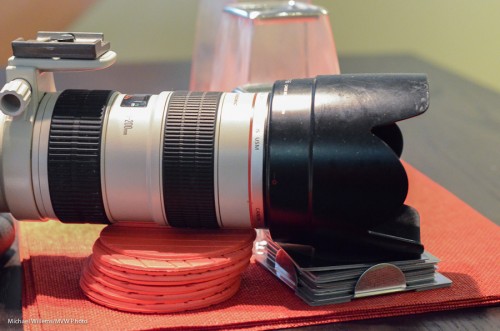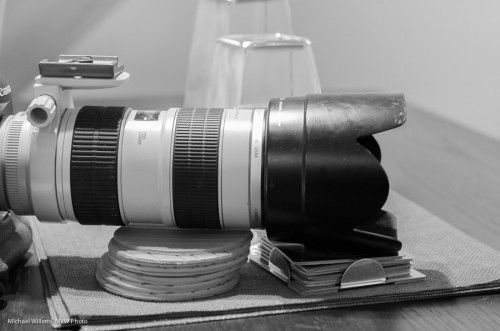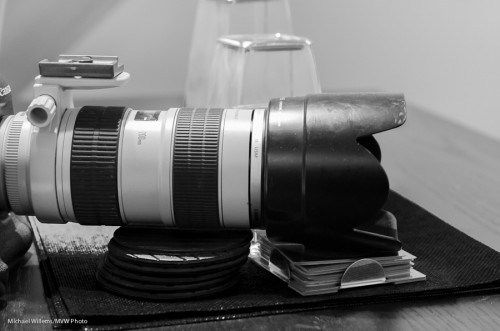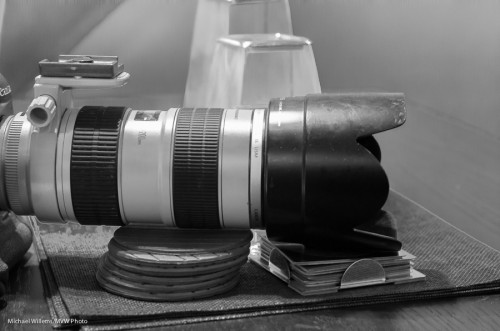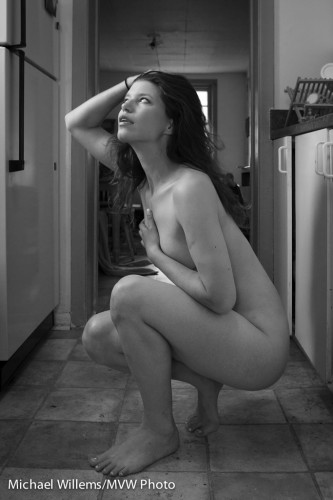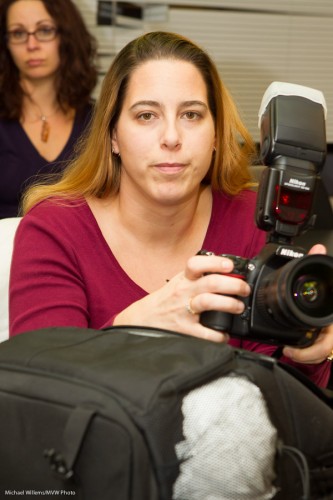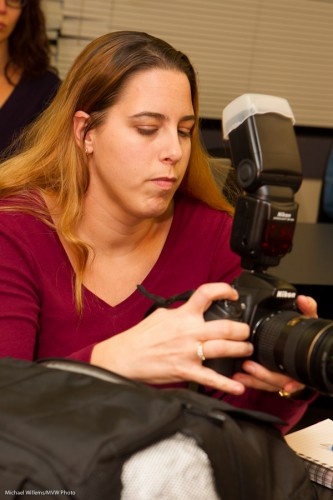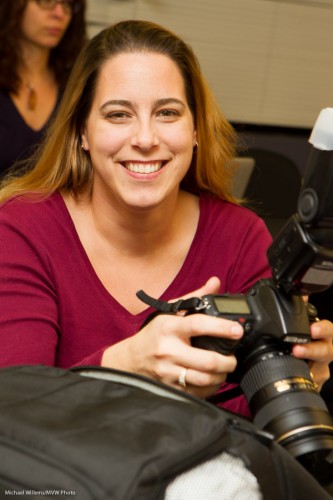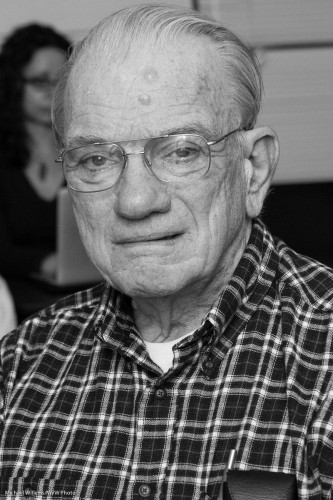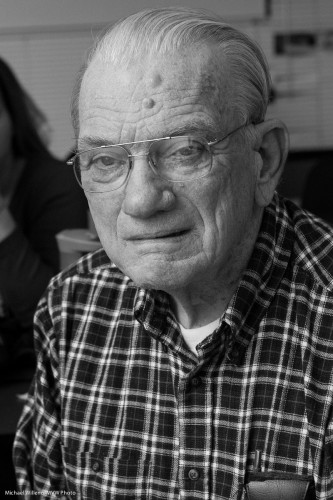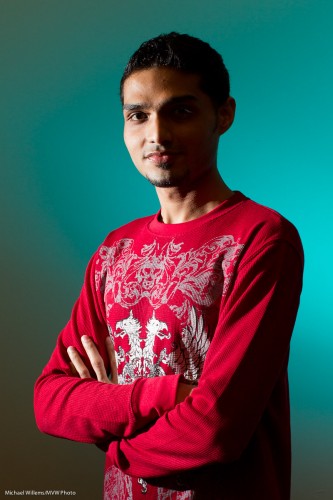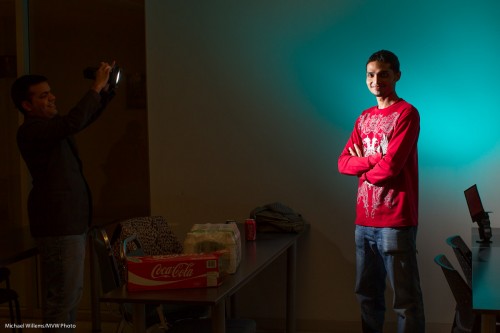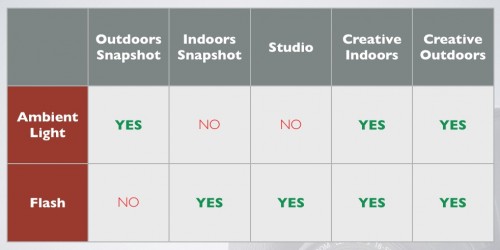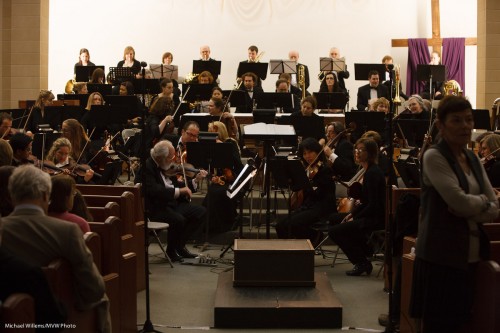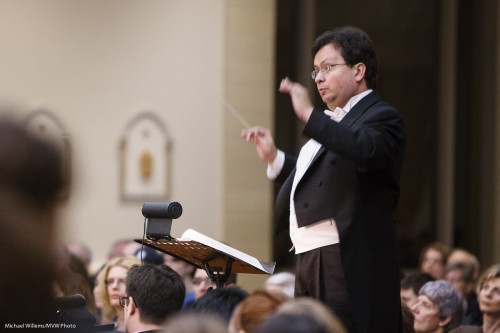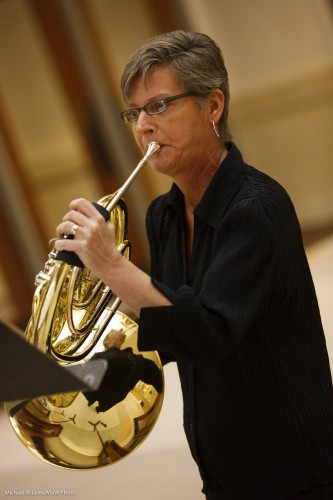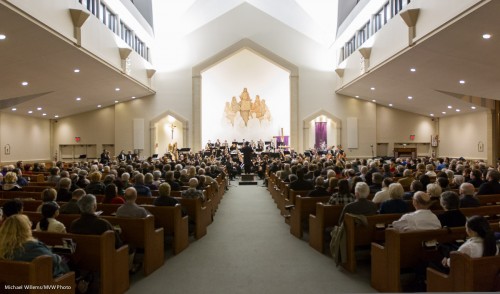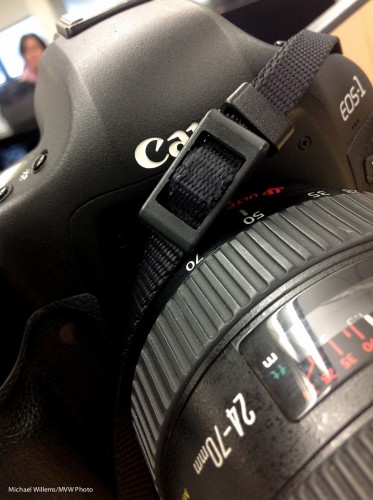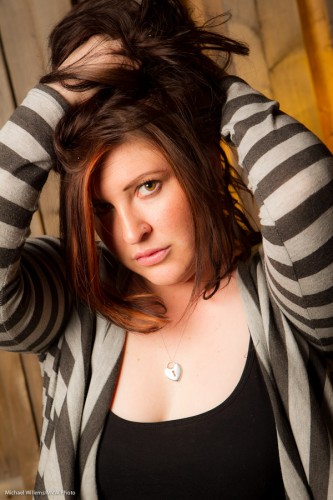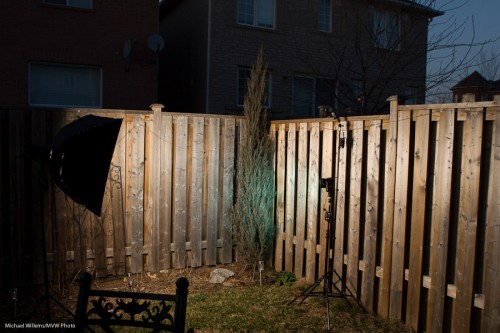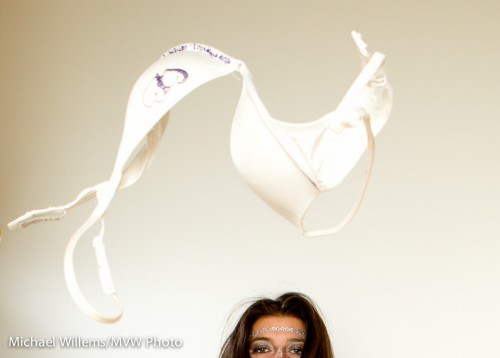Shoot Black and white often… but shoot it in RAW. Why? How?
- Shoot in RAW
- Set your image style to B&W so the preview you see approximates what you will get.
- Then in Lightroom, you can change the weighing of the colours.
What do I mean by point three?
Made into B/W, that gets you:
But now you can play with “filters”. Like by turning down red:
Or by turning UP red and turning down the background slightly:
…and so on.
That is why you must shoot RAW: if you shoot JPG, the conversion is done in camera and you cannot change it.
B&W is a very powerful way to shoot. With RAW conversion, it becomes an amazing tool. Go try!

